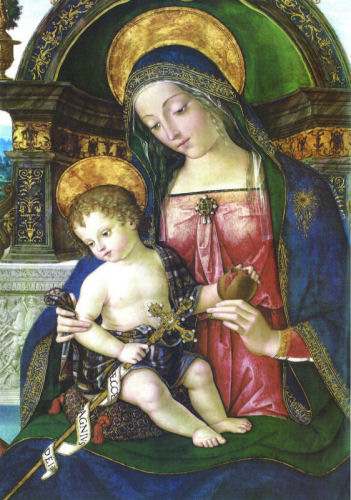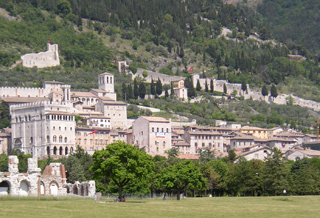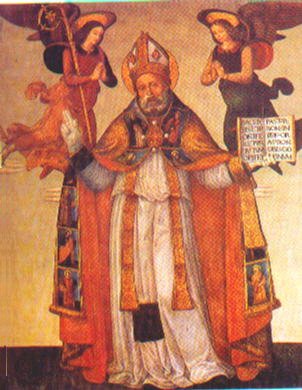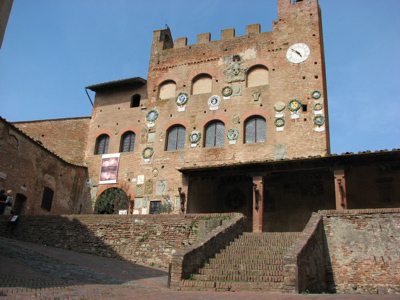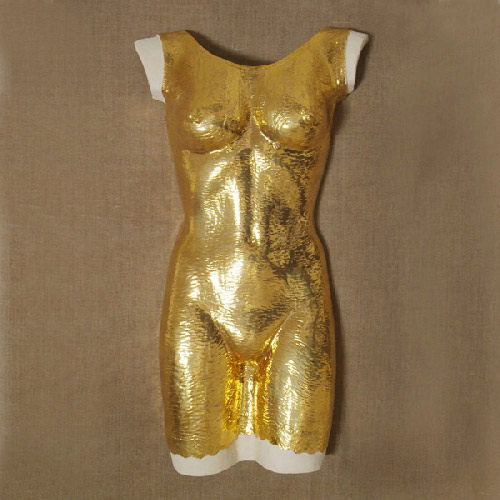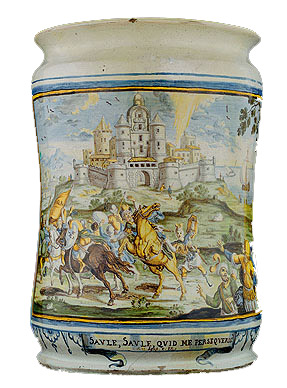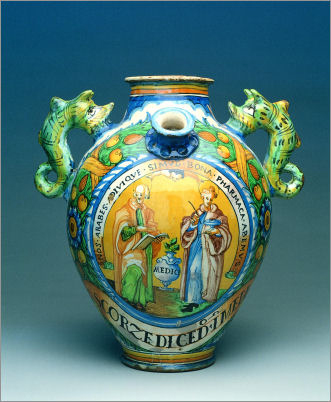 If you are planning a trip to Italy, make sure to include in your itinerary a visit to the city of Montelupo and its new Museum of Ceramics. You will not regret it. It will offer you a charming glimpse of the beautiful countryside just east of Florence and the thrill of being confronted with one of the most important Tuscan ceramic collections in the world.
If you are planning a trip to Italy, make sure to include in your itinerary a visit to the city of Montelupo and its new Museum of Ceramics. You will not regret it. It will offer you a charming glimpse of the beautiful countryside just east of Florence and the thrill of being confronted with one of the most important Tuscan ceramic collections in the world.
Montelupo… you may not be familiar with the name, but you certainly are with its ceramics, which are mostly known in the US as Tuscan ceramics, Florentine majolica, Florence pottery.
As a matter of fact, from the 15th to the 17th century Montelupo was one of the most important ceramic centres in Italy and all the functional and decorative pottery ordered in Florence was made there.
The role played by Montelupo pottery in the history of Italian ceramics was re-defined only a few years ago, thanks to the unexpected discovery of an old well full of kiln shards. This is the reason why the name of this quiet, charming village is not as well known as it deserves to be and why you should not miss a visit to its Museum!

